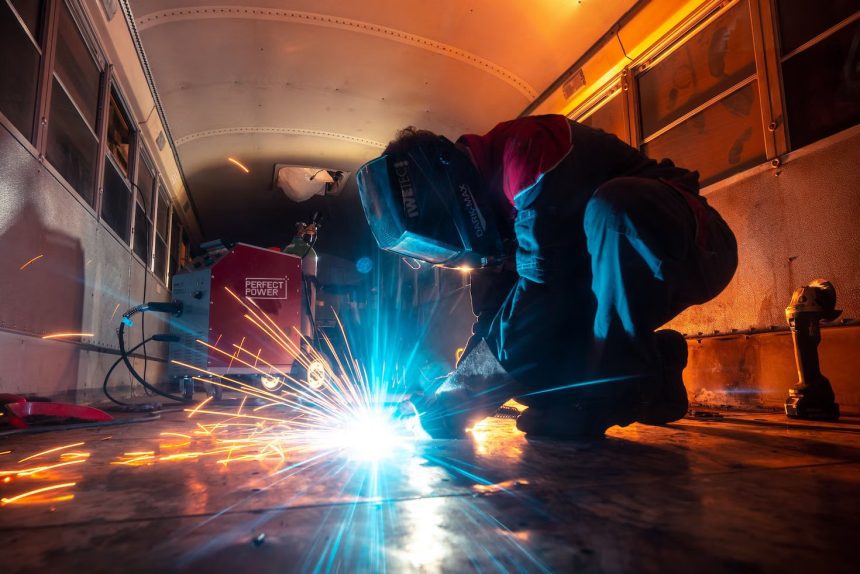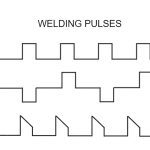Flux core welding and general MIG welding are similar methods used for both outdoor and indoor welding projects. However, flux core welding has certain advantages, especially when dealing with metals that are prone to galvanization, rusting, and other forms of corrosion. For hobbyists and DIY enthusiasts, a flux core welder is a more suitable choice.
Best Value Flux Core Welders for Money Machines
Welding Town
Hobart Handler 140 – High-Performance Welder
Although the Hobart Handler may not be a new welder, it remains a favorite among many welders due to its ingenious design and originality. The welder is crafted with high-quality materials, making it a reliable and high-performing tool.
One of the standout features of this welder is its ease of use. It can be easily assembled in a matter of minutes, and despite being a 140 amps welder, it performs exceptionally well. However, we noticed that the charts at the back of the machine were inaccurate, which is a common issue with Chinese machines. The variations in current and different welding styles used by individuals may also contribute to these discrepancies.
The Hobart Handler is primarily a flux core welder, but it also comes with a regulator and gas line, allowing it to function as a gas line MIG welding setup. The MIG option works effectively and offers precise and strong welds for various types of metals. Additionally, the welder comes with a five-year warranty, providing peace of mind and making it a secure investment.
For hobbyists and DIY enthusiasts looking to work on small projects, this welder is an excellent choice. Its versatility and performance make it well-suited for various welding tasks in DIY workshops.
| Pros | Cons |
| High amperage which ranges from 25 to 140 amps with a 20% duty cycle performing at 90 amps | The welding chart is highly inaccurate |
| High Wire feed speed ranging from 40 – 700 IPM | Not suitable for industrial applications |
| Five-stage voltage selector | |
| Five-year warranty | |
| Pure DC output |










